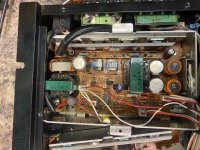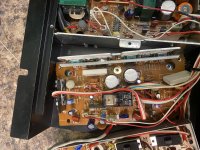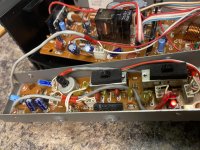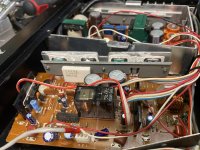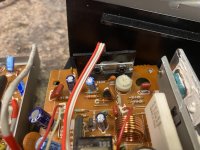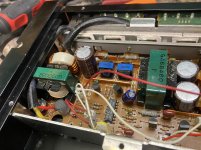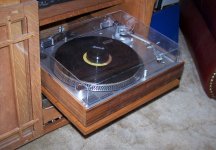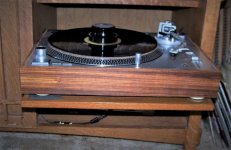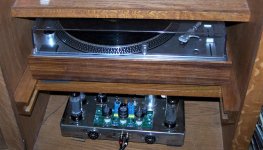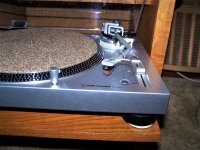Long time ago I bought some Eminence coaxials and compression drivers including Beta 12CX/ASD1001 and Beta 10CX/APT50 combos. Since then I have been building various cabinets in ply and pine and trying to assemble crossovers for them until I last year decided to buy a pair of pre-assembled PXB2:2K5CX allegedly designed for these combos since my home made crossovers had serious issues and I got tired of having a unfinished project. Ive managed to put together one pair of monitors with 12CX/ASD1001 + PXB2:2K5CX which I am very happy with both the box and the sound. The Beta 10CX and APT50 are spares for future project, more about that later.
I am now curious to know if it is possible to improve the sound without drastic measures? The sound is large, warm, dynamic and for the most part just how I like it with a few exceptions. The midrange area around 2kHz is a bit muddy and uneven I am sure this is because A) the bass have ugly peaks around this area and should be crossed lower than 2,5kHz, and B) the HF driver doesn't really have much volume in this area and it is recommended to cut of at 2,5kHz, and possible C) some baffle resonance issues or other box problems.
Another problem is that the HF L-Pad in the crossover seems a bit too much given the higher sensitivity in the 12" compared to the 10" which I believe was the original aim for the crossover. Some of the highest frequencies seems at least a little bit missing but that may be the rolloff of the driver rather than the LPad.
I have read a lot of threads and see various options, changing crossover and HF drivers seems to be the most common solution and this is no problem for me as I want to use the ASD1001 and the PXB2:2K5CX on the 10" instead, and use the APT50 for another 3-way future project. Yes a lot of projects in my mind.
I have narroved it down to considering the following parts:
HF drivers:
Eminence PSD2002 106dB rec. xo. 1,2kHz
Eminence PSD2013 108dB rec. xo. 1,5kHz
JBL/Selenium D220Ti 109dB rec. xo.1,5kHz
PRV Audio D280Ti-S 109dB rec. xo.1,8kHz
Crossover parts:
Eminence PXB2:1K6 1,6kHz LF12/HF18 no l-pad
Eminence PX-LPAD variable-10dB
Are there other options I should consider?
I see the new KP3012CX 12" coax have a much smoother rolloff so that may also be an option but I feel then its a fully new project new box much higher cost etc.
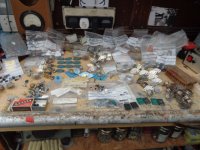
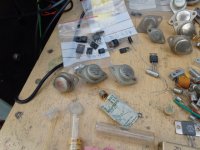
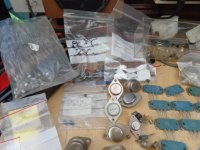


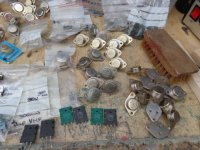
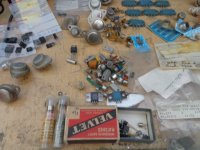
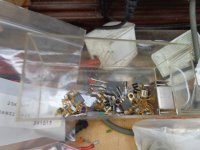
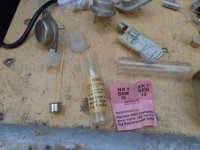
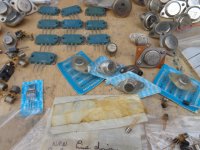







 https://flic.kr/p/2jK1JKK
https://flic.kr/p/2jK1JKK